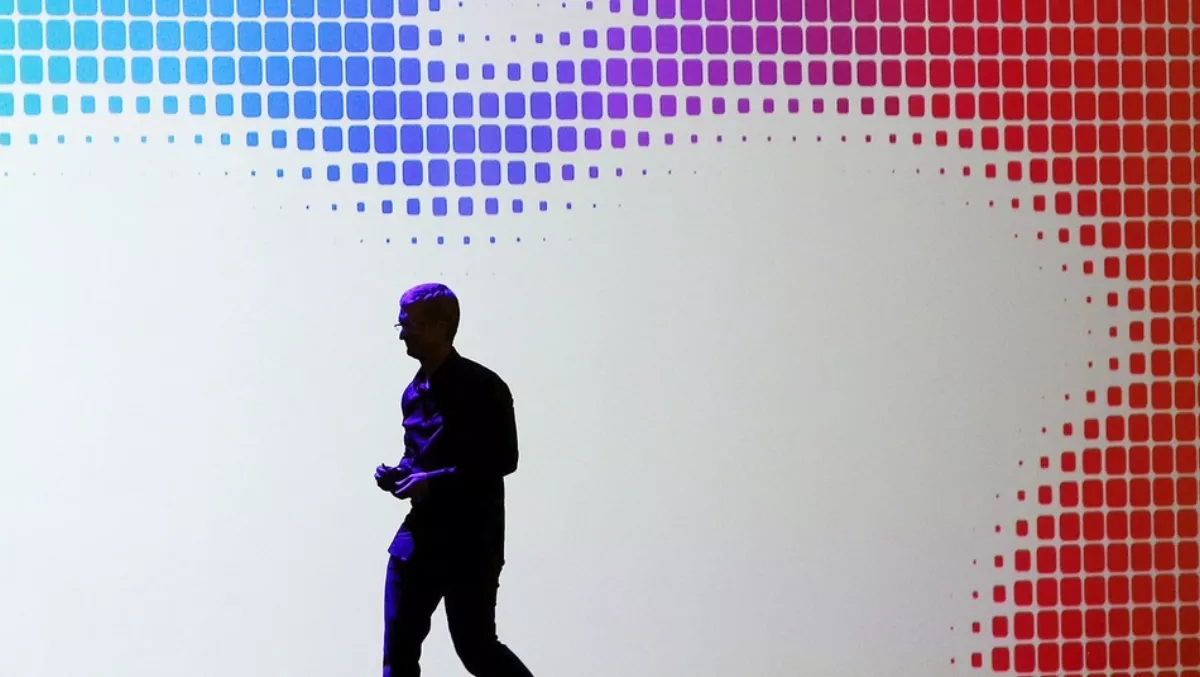
Apple WWDC 2014: iWon or Me-too?
Amongst the whoops, cheers and starry-eyed attendees at Apple’s annual WWDC (world-wide developers conference), what can we glean from the company’s latest announcements?
As a tinkerer with an interest in coding, I’ve always been a proponent of Android’s platform.
And it’s thanks to the OS enabling apps such as Tasker that allow users to make of their smartphones what they will; add to that a contextual search app like Google Now and you have yourself a handy tool, the latter application’s obsessive location polling notwithstanding; that being said, Apple’s WWDC signals a step out from under the late Mr. Jobs’s shadow.
On the face of it, announcements made at the WWDC are seemingly mundane: a new health platform, “smart” home system (not smart, just connected), an updated notification centre, 3rd party keyboards, widget compatibility and the word “Drive” added to iCloud. Been there, done that.
Yes, Apple has implemented a number of features into iOS that already exist on other platforms. The point is, parity at the very least in terms of these much-lauded Android features has been reached, giving iOS users less of a reason to switch to Google’s offering.
Coupled with a continuation of mass-appeal functionality and high-end hardware, it wouldn’t surprise me to see a greater share of iOS users stick with the platform thanks to these developments.
The biggest gasp (perhaps in denouncement of Objective C) from the crowd followed the announcement of a new programming language, Swift, designed for faster app development and the ability to see effects of code changes on the fly.
Although Swift’s noted features are capabilities that already exist in other languages, and questions will be raised from developers looking to program from a single codebase for cross-platform compatibility, this is good news for iOS-only devs.
Crucially, apps are finally able to pass information to and from each other through extensions, opening up the sandbox somewhat.
Less widely reported is Apple’s entry into the mBaaS (mobile Backend-as-a-Service) market which will be music to developers’ ears given the rise in applications leveraging the cloud.
Further news came in the form of the Touch ID API, allowing developers to access Apple’s fingerprint scanning technology.
Reports suggest the API will enable the feature as a means of authentication; given a user’s inability to change their fingerprints unless they work for Her Majesty’s secret service, I remain of the opinion that fingerprints should be used in identification, with other technologies providing authentication.
Perhaps another avenue finally towards discarding the password could be found in development of other biometric identification technologies, such as heartbeat or gait analysis. Smartphone and wearable technology is already capable in this regard, particularly in analysis of gait through the accelerometer.
Regardless of anyone’s allegiance towards mobile platforms, the WWDC certainly has made the game more interesting; competition is never a bad thing. Let’s see what Google I/O brings to the table in a few weeks’ time.

